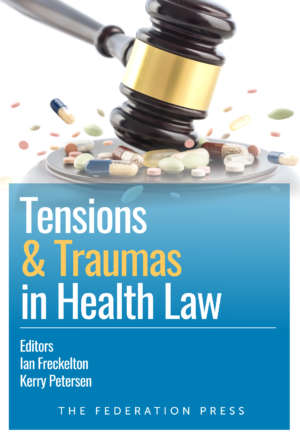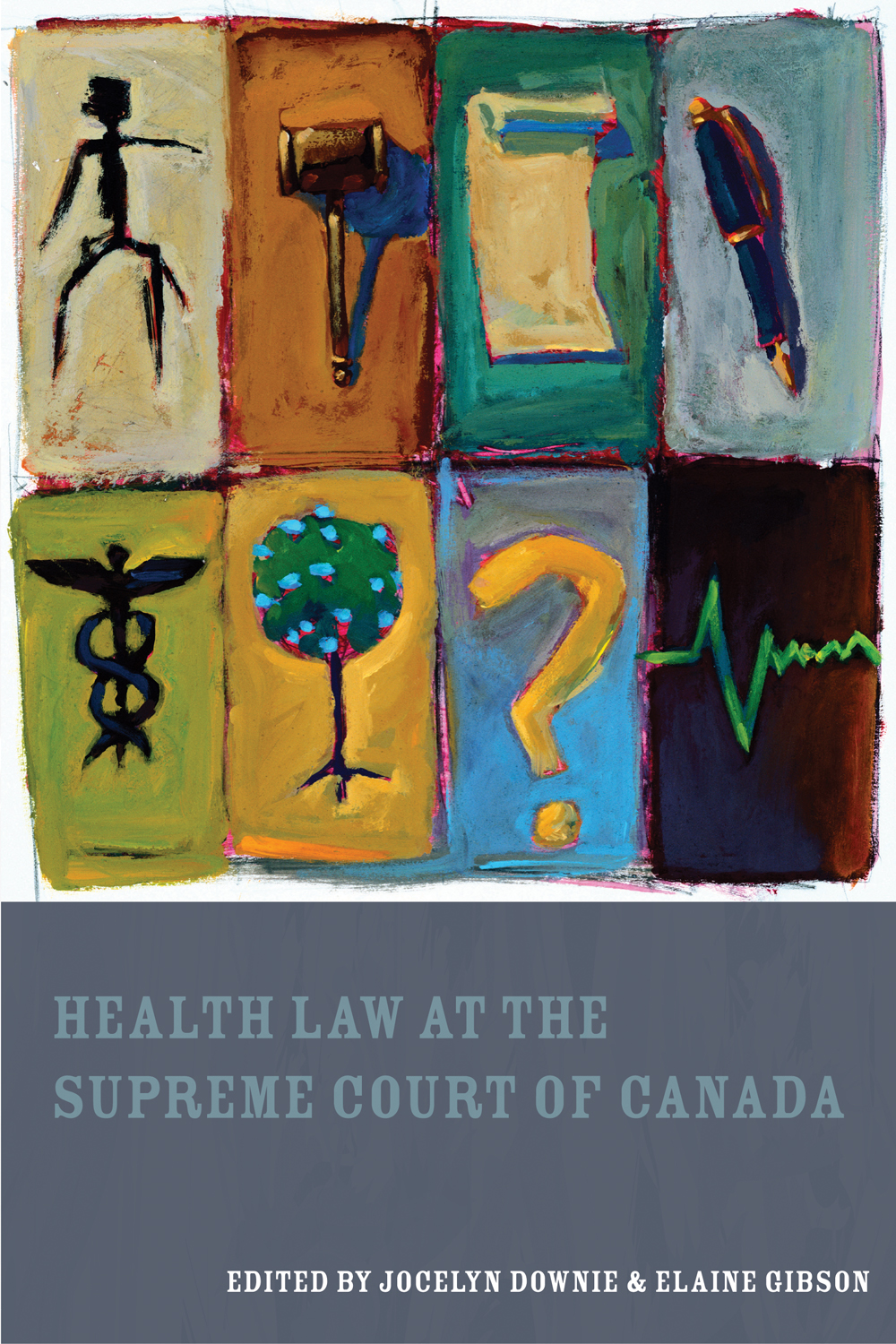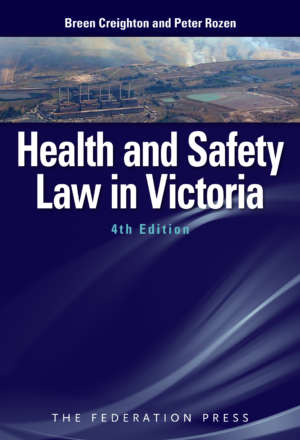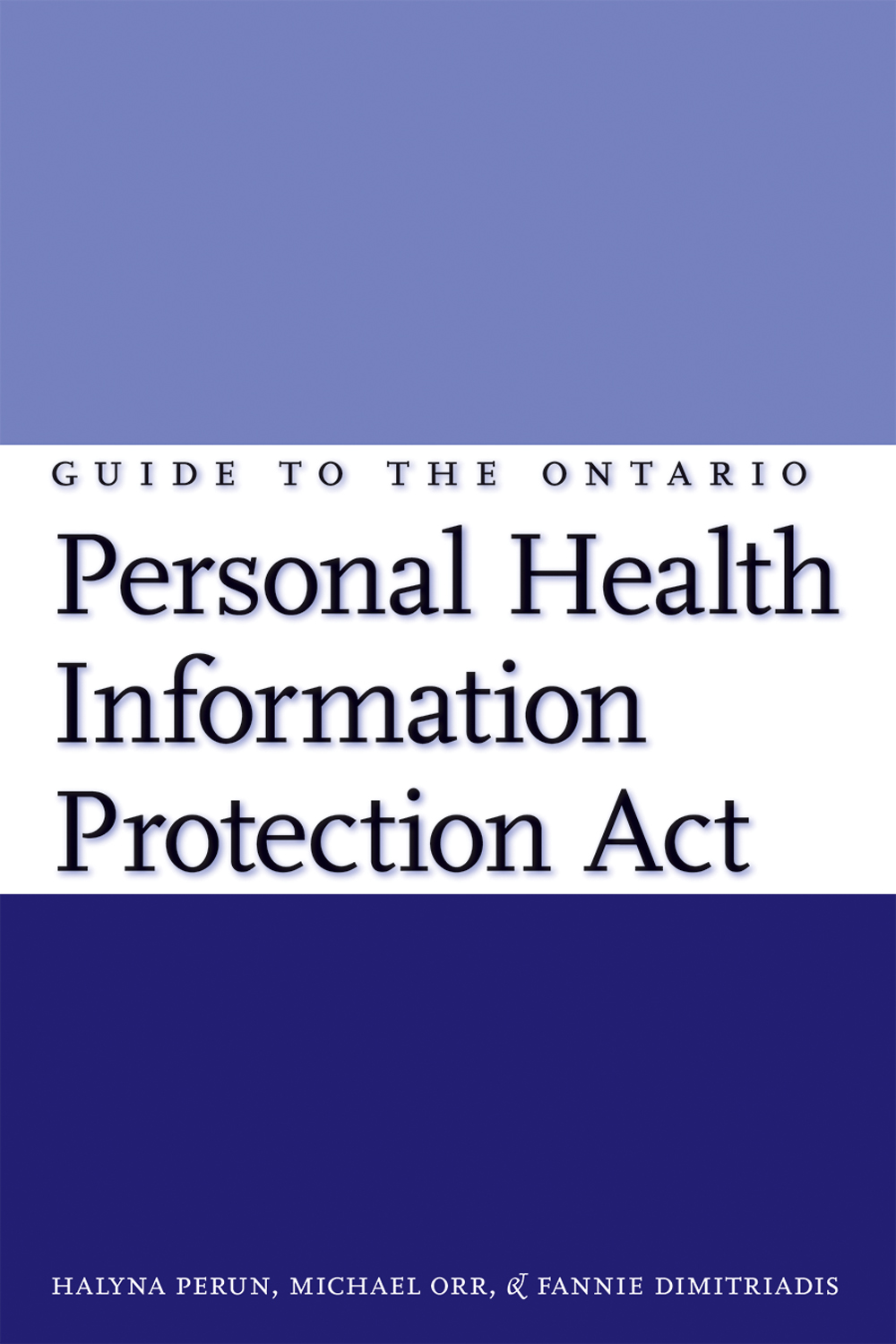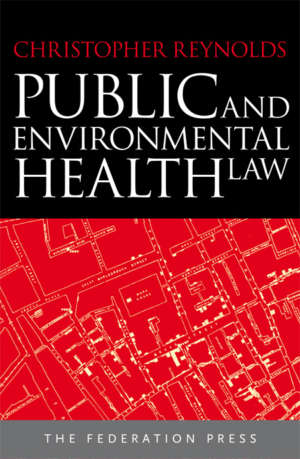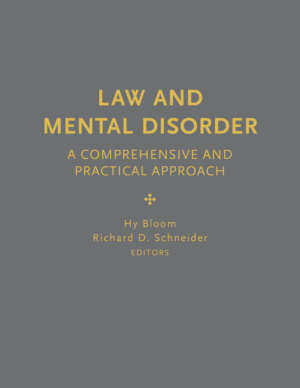Product Description
News: this book has been included as one of the texts for the National Psychology Examination – Curriculum Domains 1 (Ethics) and 4 (Communication), developed by the Psychology Board of Australia
This book targets a wide range of allied health professions. The list, while not exhaustive, embraces occupational therapy, podiatry, Chinese medicine, complementary medicine, nuclear medicine, speech pathology, radiography, physiotherapy, psychology, osteopathy, chiropractic care and optometry.
The authors explain the legal context in which these professions function, the various forms of legal regulation which apply to them, their legal liabilities, and legal imperatives which bear upon their practice.
Also included is commentary on the limits and ambiguities of law in relation to allied health activity, the interaction between law and professional ethics, and some significant legal challenges in normal professional life. Allied Health Professionals and the Law expands the legal knowledge of allied health readers whether they are practitioners seeking to understand the legal aspects of their work or researchers engaged in analysis of professional matters which have legal dimensions and implications.


